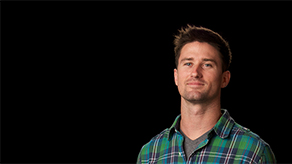Framing
Framing sets the tone and visual focus points of the shot. Careful framing will lead your audience to feel how you want them to feel, and to look exactly where you want them to look.
Shot types
Framing changes the emotional impact of a shot. A wide shot is more friendly and approachable, medium feels more professional and official, and tight feels more intense and emotional.
Wide shot
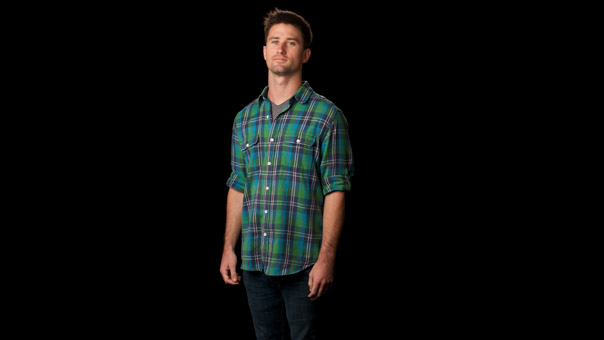
Medium shot
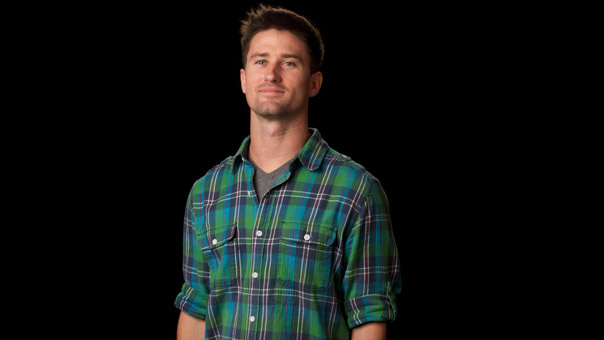
Tight shot
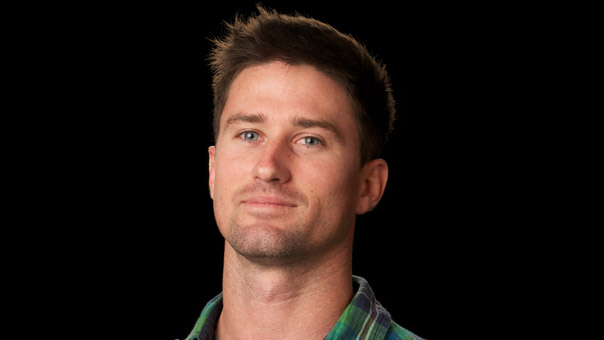
Rule of thirds
This technique takes advantage of the shot’s natural focus points, and places key visual material where the audience will be sure to see it.
Good example during an interview
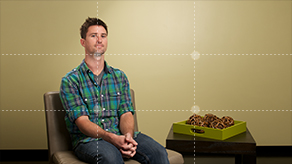
Bad example during an interview
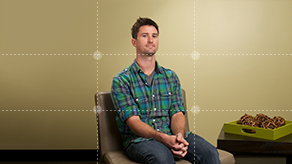
Good example during a basic shoot
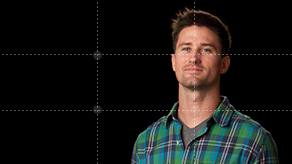
Bad example during a basic shoot
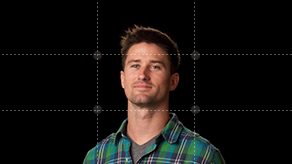
Headroom
Headroom is the empty space above a subject’s head. One way to avoid having too much or too little headroom is to make sure the central focus of your subject is on the top third of the “rule of thirds” grid. This means that in a medium or close up shot, the eyes will line up with the line of the top third and in a wide shot the subject’s head will be centered on the line of the top third.
Correct headroom
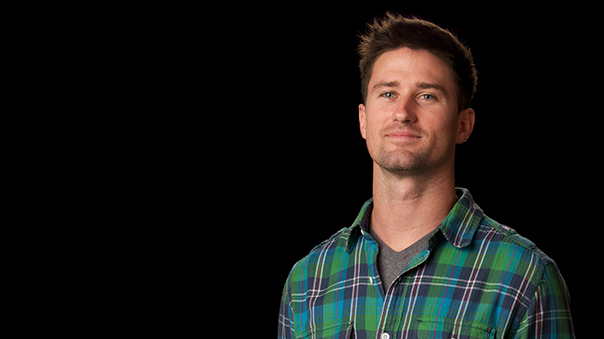
Not enough headroom
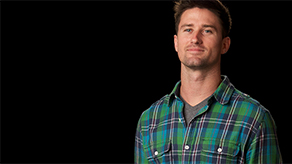
Too much headroom
